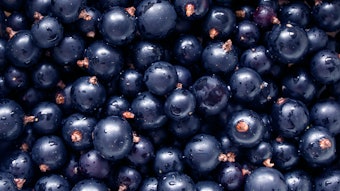Because of their economic importance, citrus essential oils are subject to vast investigation. Most of the reported work deals mainly with the study of the fruit oil, including peel and juice aroma. Recently, however, interest has shifted from the volatile oil of the fruit to new sources of volatile oils in the citrus trees. Work has been done on the essential oils extracted from citrus leaves and blossoms.
Kesterson and coworkers and Attaway and coworkers studied the leaf oils of different citrus species by means of gas chromatography. Attaway found that lead oils of Citrus reticulata Blanco, varieties "Murcott" and "Dancy" tangerine, were found to consist mainly of hydrocarbons together with linalool as a major oxygenated constituent. Many of the identified constituents commonly occurred in both oils, and certain others were identified in one and not in the other. Of these, thymol was stated to occur in moderate concentration in the Dancy and terpinen-4-ol in the Murcott. Balbaa and coworkers analyzed the peel and flower oils of C. reticulata Blanco (Balady variety) and stated that the oils were composed mainly of terpene hydrocarbons and some oxygenated constituents, of which some alcohols and methyl anthranilate were prominent. The same authors mentioned that the steam distilled leaf oils of bitter orange, sweet orange, and lime contain a high concentration of hydrocarbons and are characterized by the presence of methyl anthranilate.










